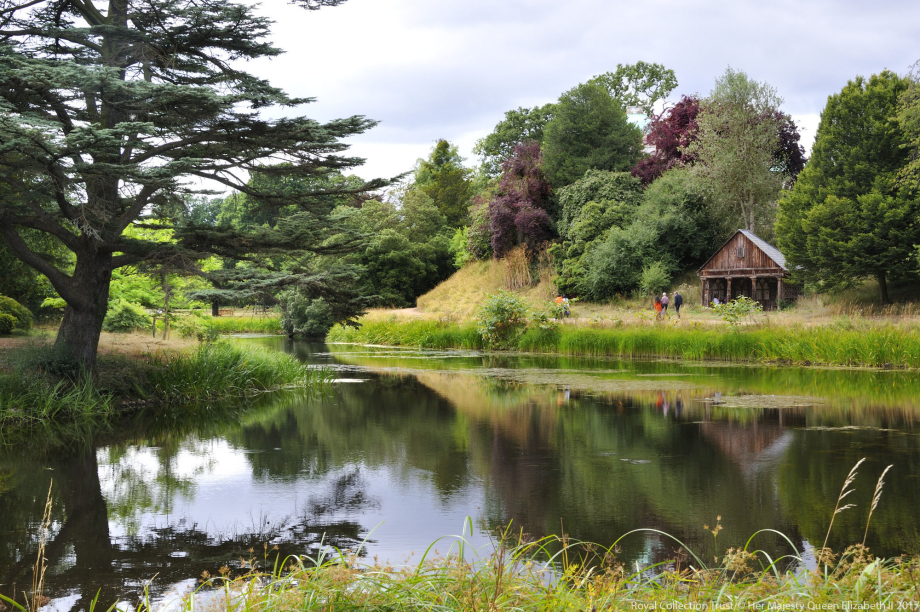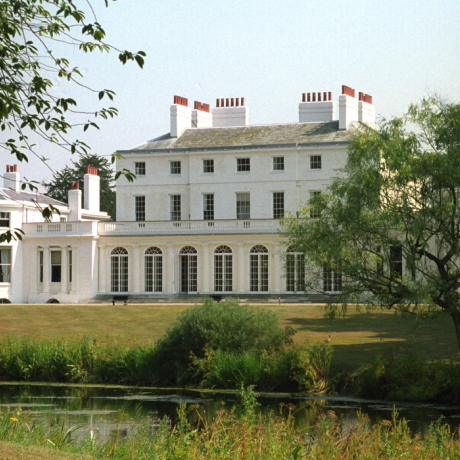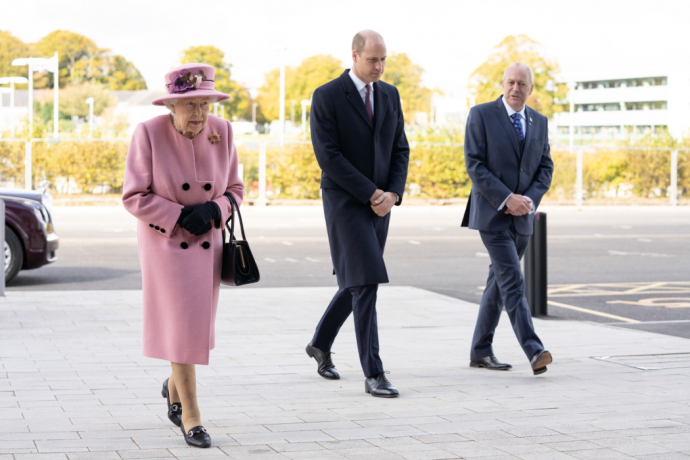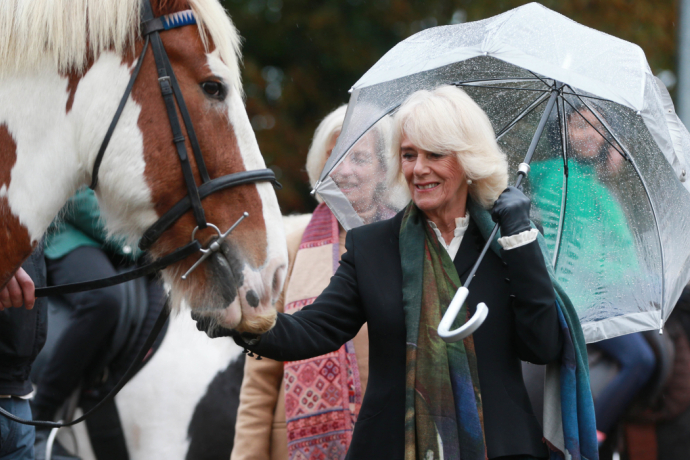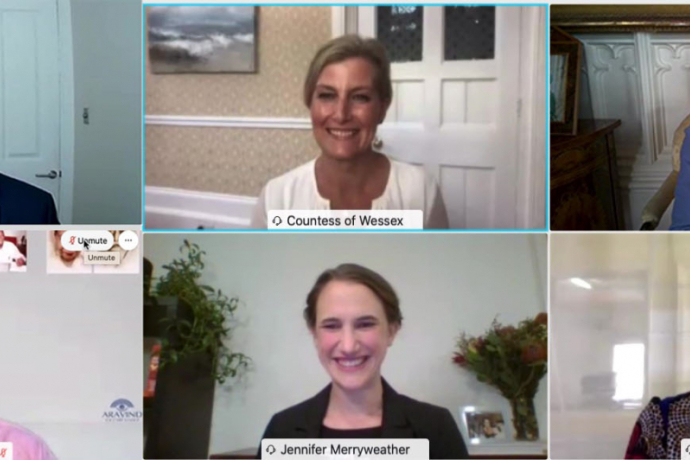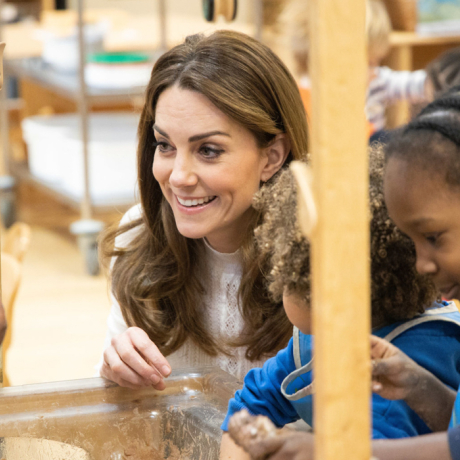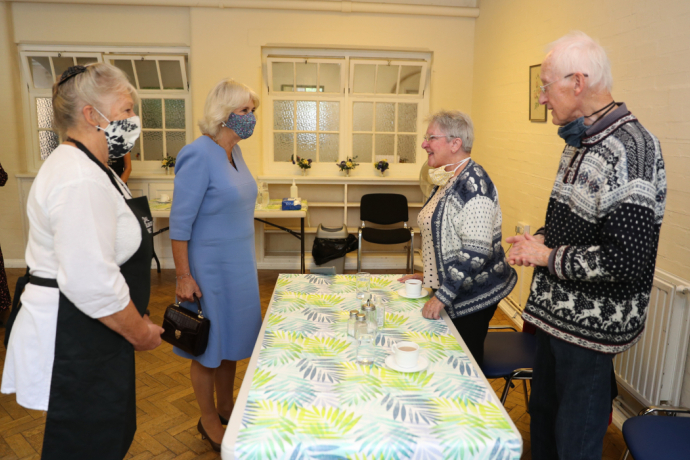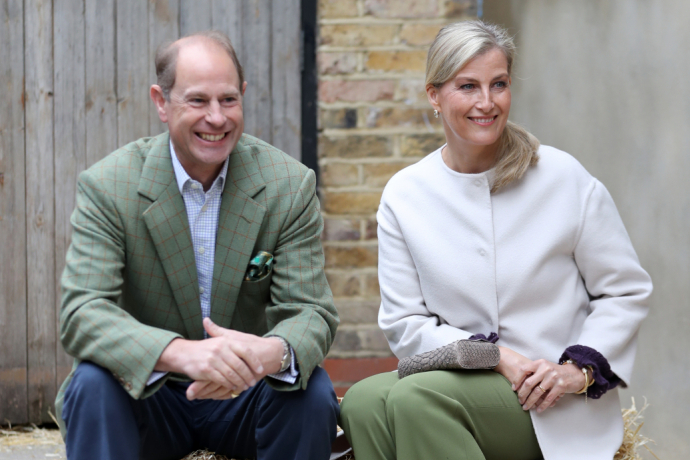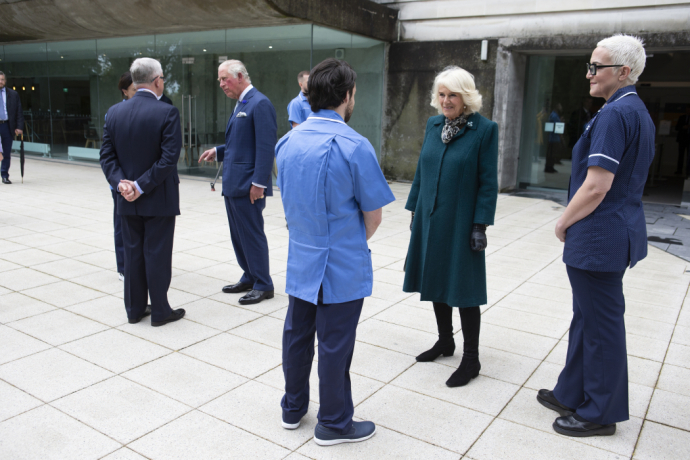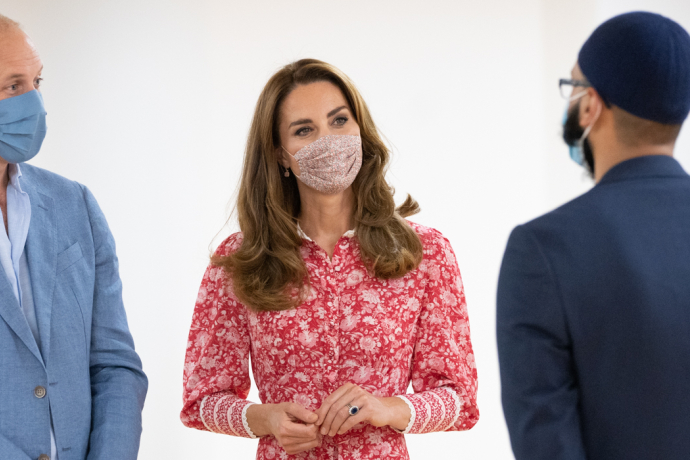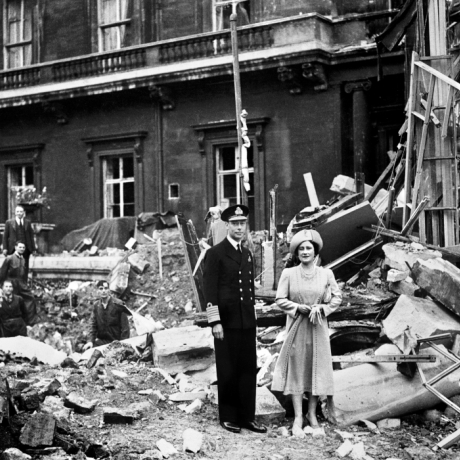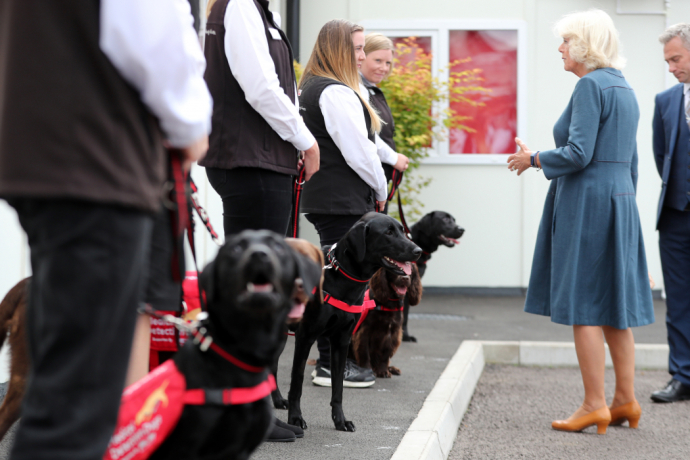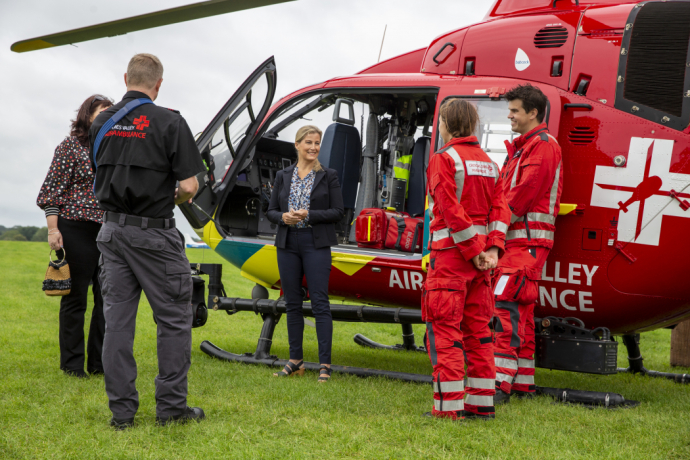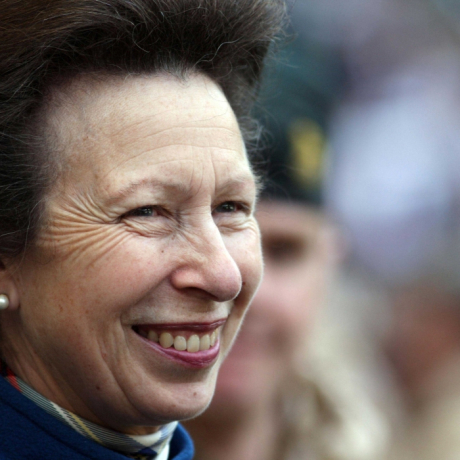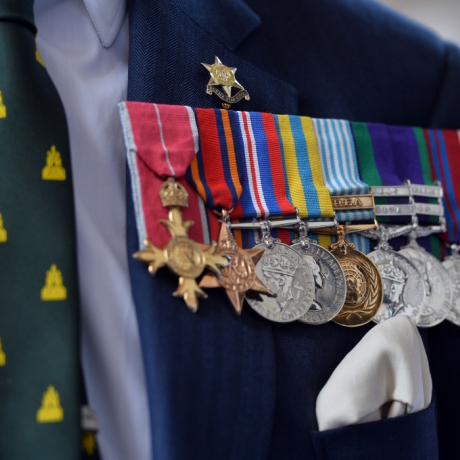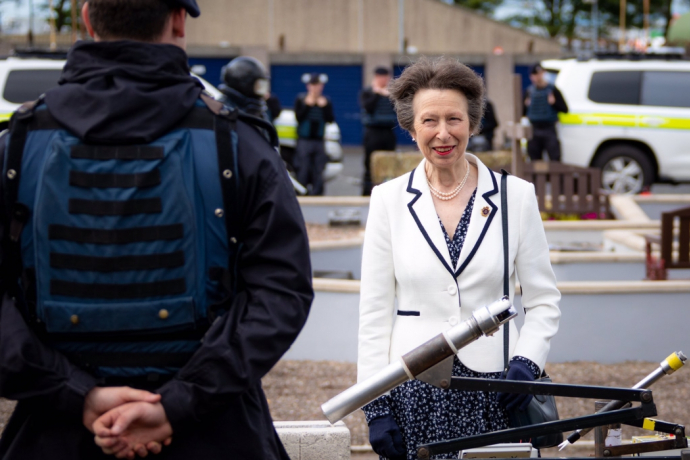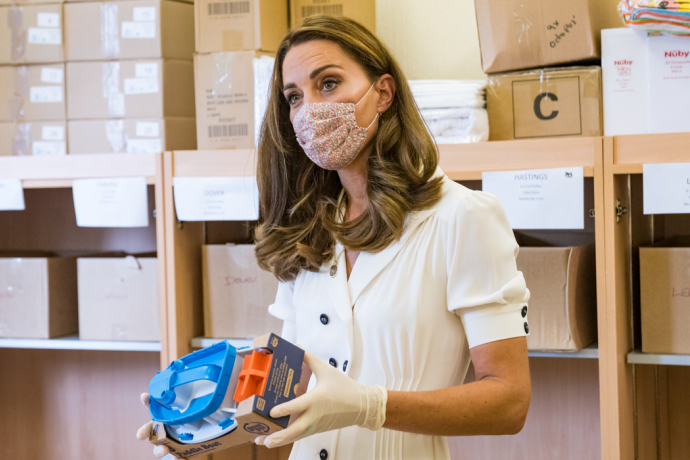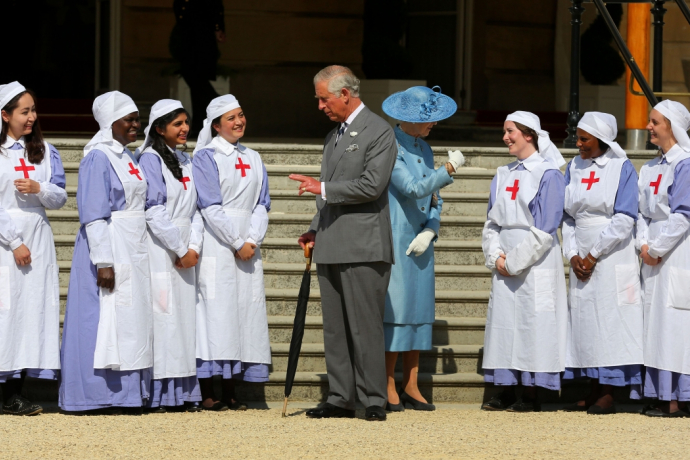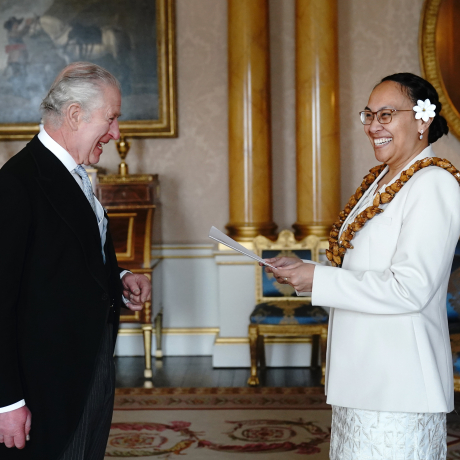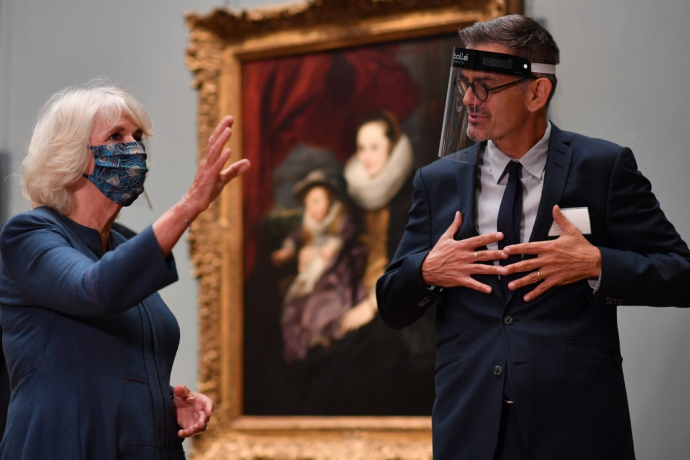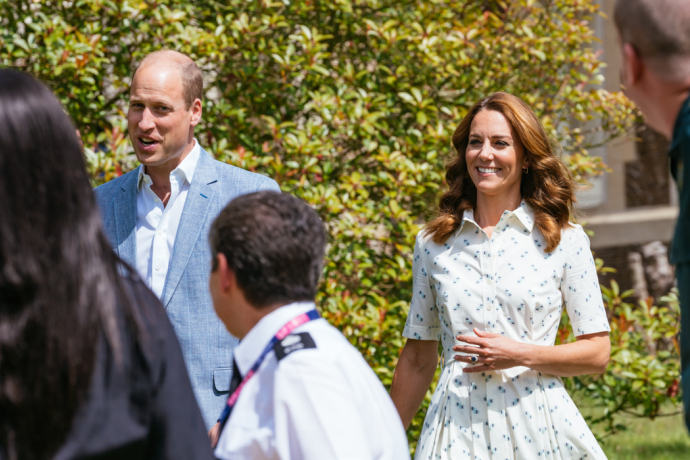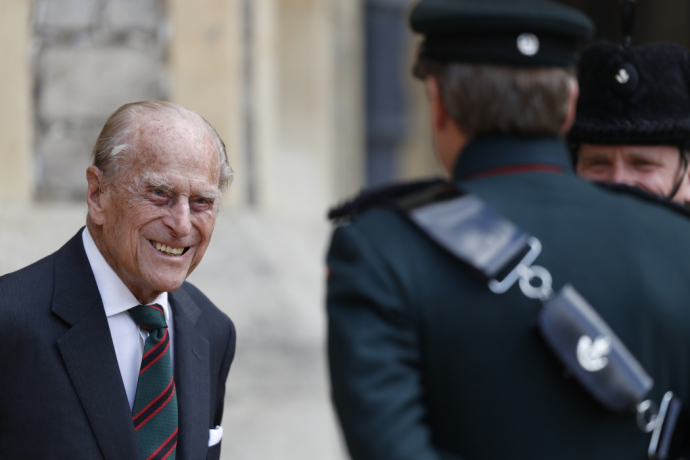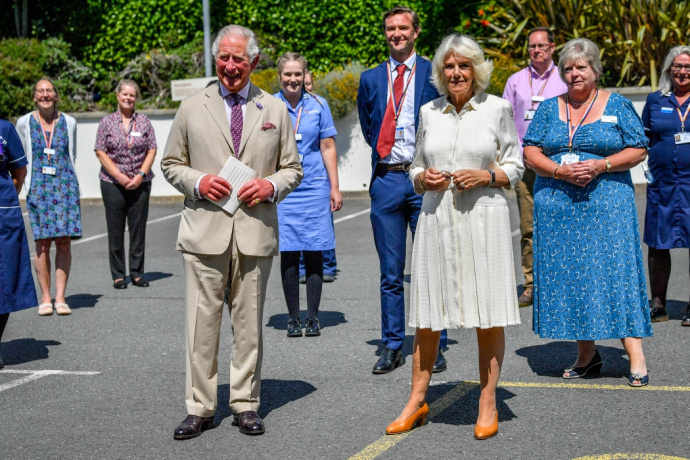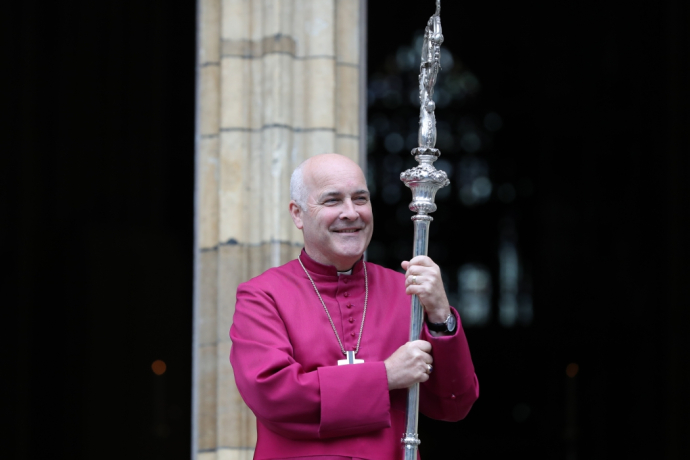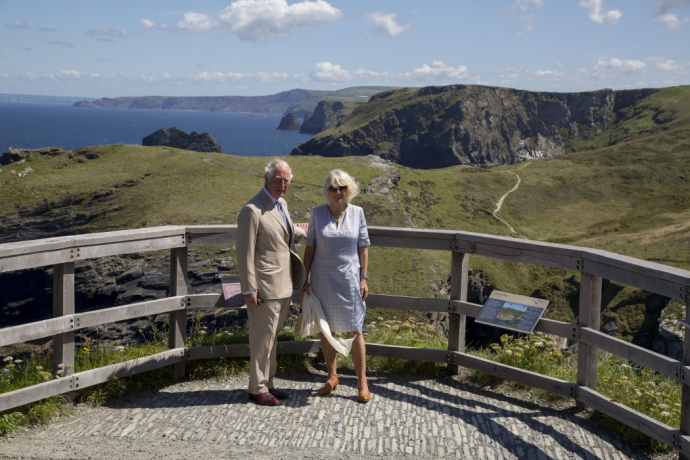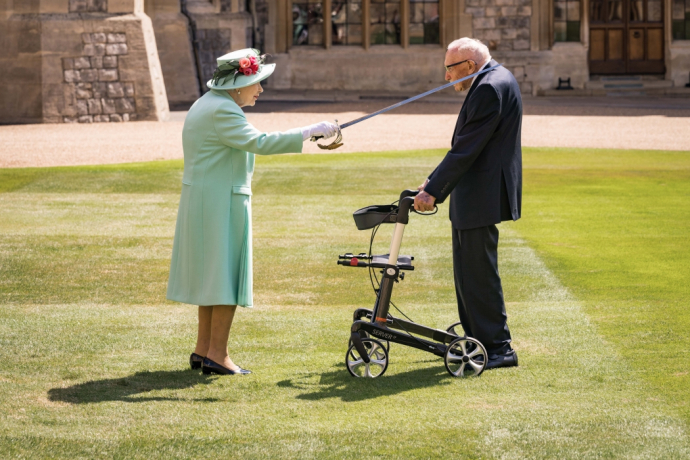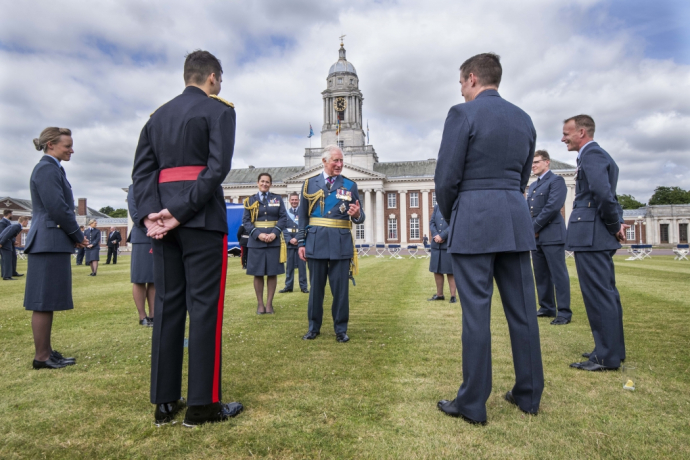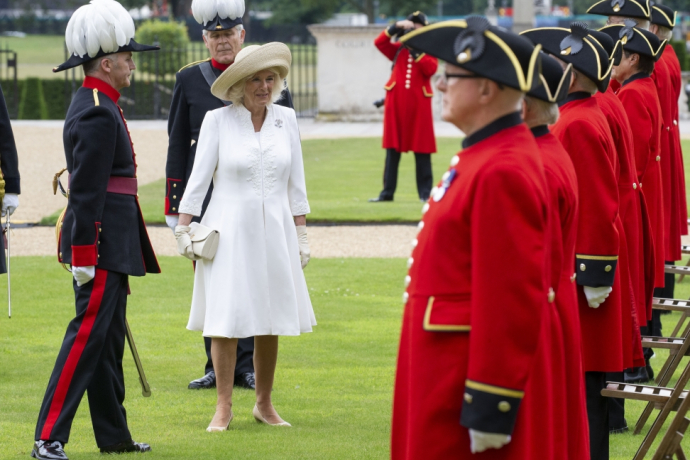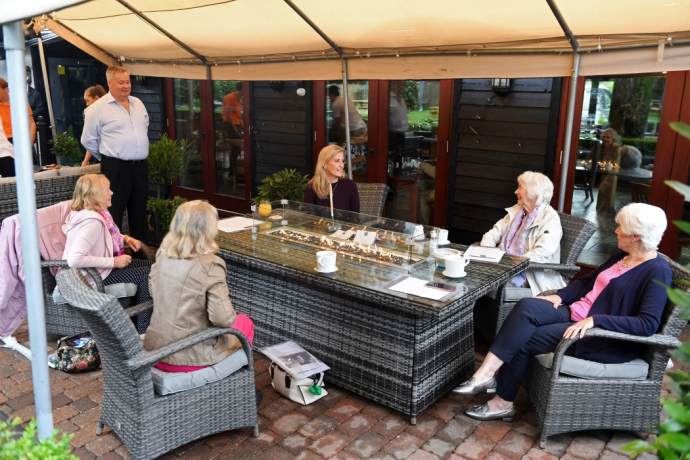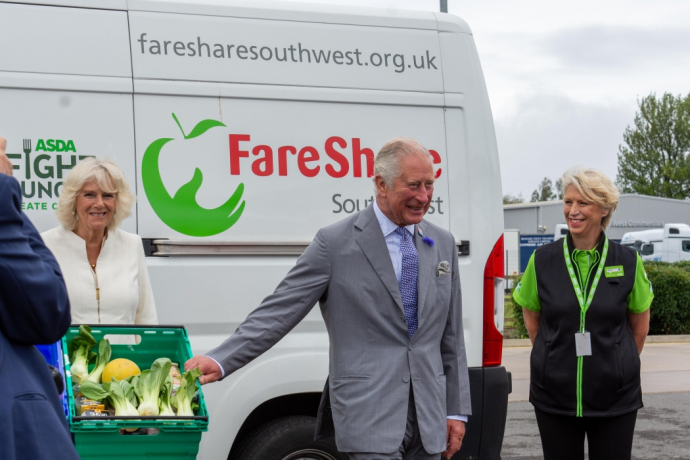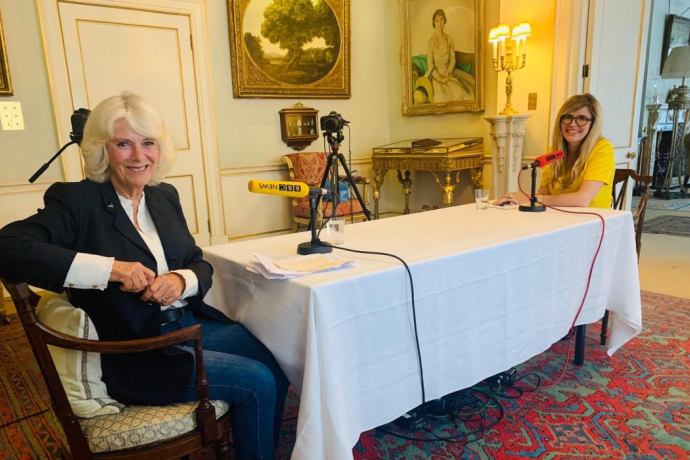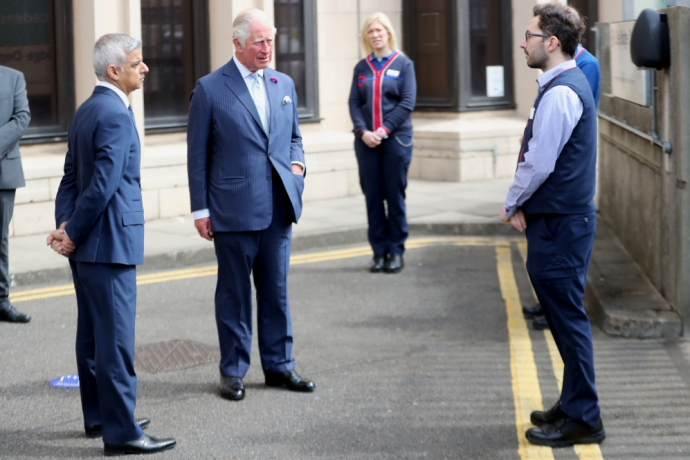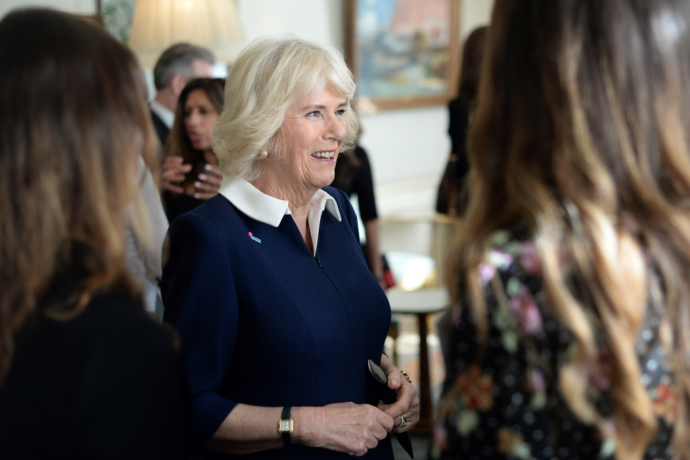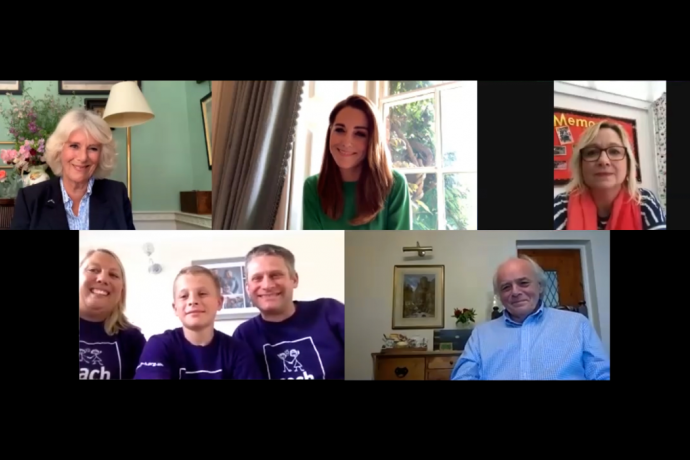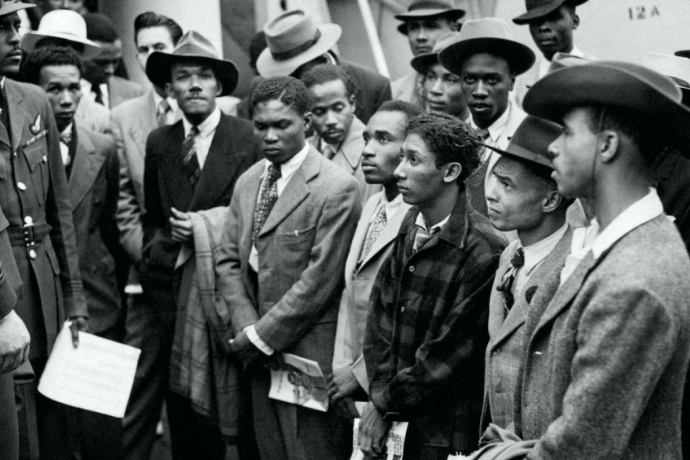The original Frogmore House was built in 1680-4 by Charles II's architect Hugh May for his nephew. It stood on the estates of Great and Little Frogmore, which were bought by Henry VIII in the sixteenth century and let to various tenants.
The name derives from the preponderance of frogs which have always lived in this low-lying marshy area. From 1709 to 1738 the house was leased to The Duke and Duchess of Northumberland and thereafter to a succession of families until Queen Charlotte, needing a country retreat for herself and her unmarried daughters, purchased the lease in 1792.
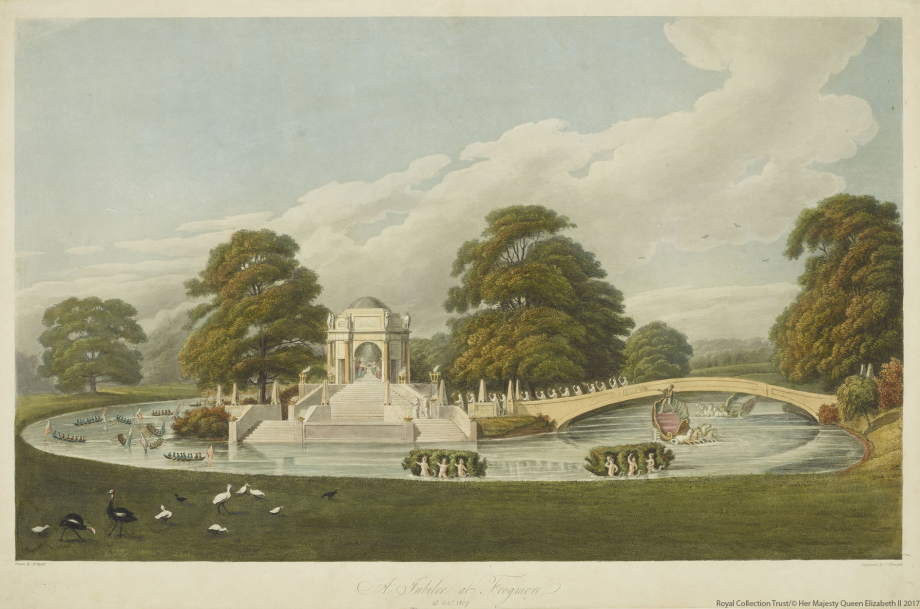
The Queen employed the architect James Wyatt to enlarge and modernise the house in the 1790s. On her death in 1818, Frogmore passed to her eldest unmarried daughter, Princess Augusta, and after The Princess's death in 1840 Queen Victoria gave it to her own mother, The Duchess of Kent. The Duchess substantially redecorated the house and used it continuously until she died there in 1861.
Queen Alexandra, when Princess of Wales, gave birth to her elder son, Prince Albert Victor, later Duke of Clarence, in Frogmore House during a visit there in 1864.
From 1866-1873 it was the home of Princess Helena, third daughter of Queen Victoria, and her husband, Prince Christian of Schleswig-Holstein.
From 1902-1910 the future King George V and Queen Mary, with their children, were in frequent residence and in 1923 The Duke and Duchess of York (later King George VI and Queen Elizabeth) spent part of their honeymoon there.
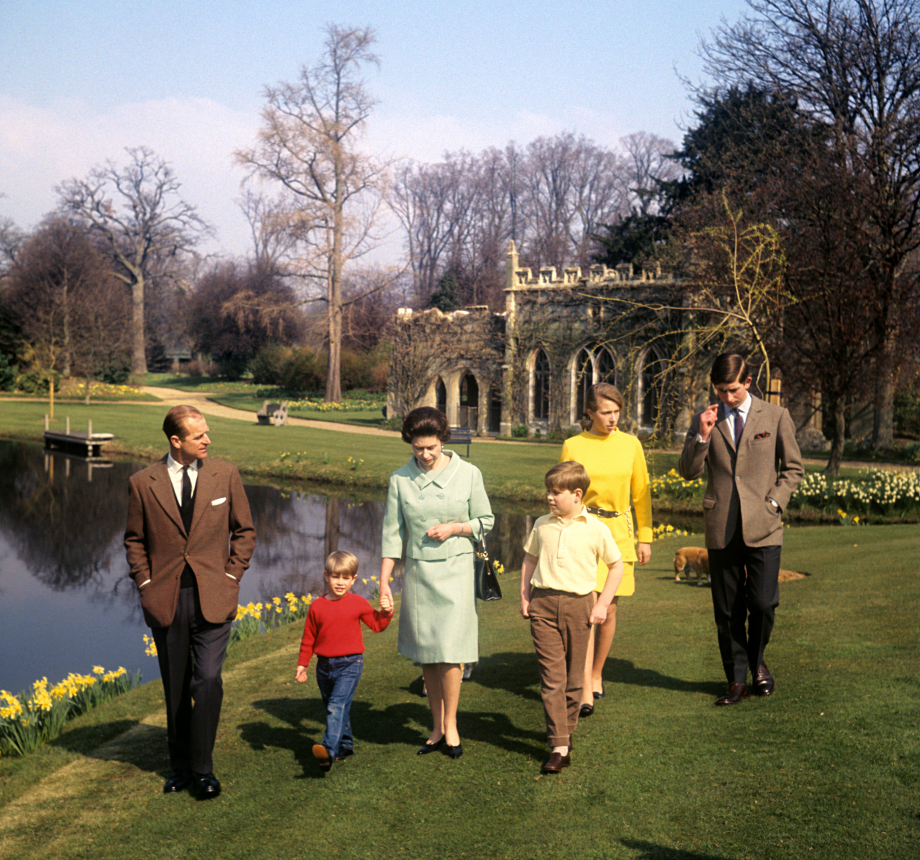
Inside the House
During the 1980s an extensive programme of repair, restoration and redecoration was undertaken that illustrate the principal phases of its occupation.
From The Duke of Northumberland's period date the newly rediscovered murals in the Staircase Hall, painted by the French artist Louis Laguerre, which were covered over in 1760.They illustrate scenes from Virgil's Aeneid.
Queen Charlotte's residence is commemorated in the painted decorations of the Cross Gallery, executed by her daughter Princess Elizabeth. There is also a Charlotte closet, filled with drawings by Charlotte, Princess Royal (eldest daughter of George III and Queen Charlotte); and in the Mary Moser Room, painted for The Queen by the celebrated flower artist with sprays and garlands of brightly coloured flowers.
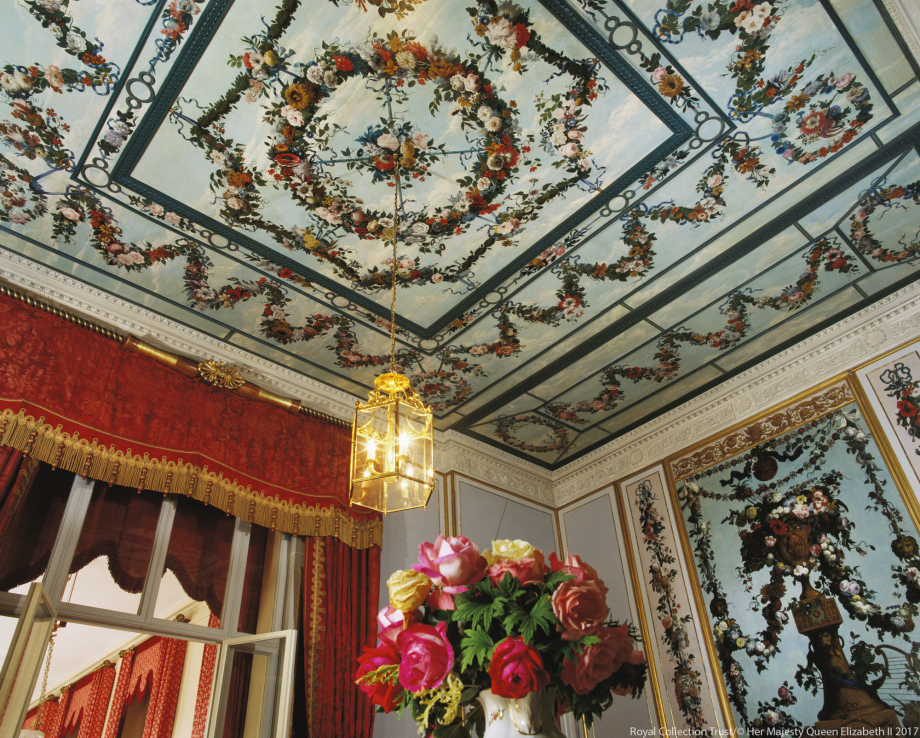
The Duchess of Kent's time is evoked in her lilac-coloured Sitting Room recreated as accurately as possible as it appears in photographs of 1861.
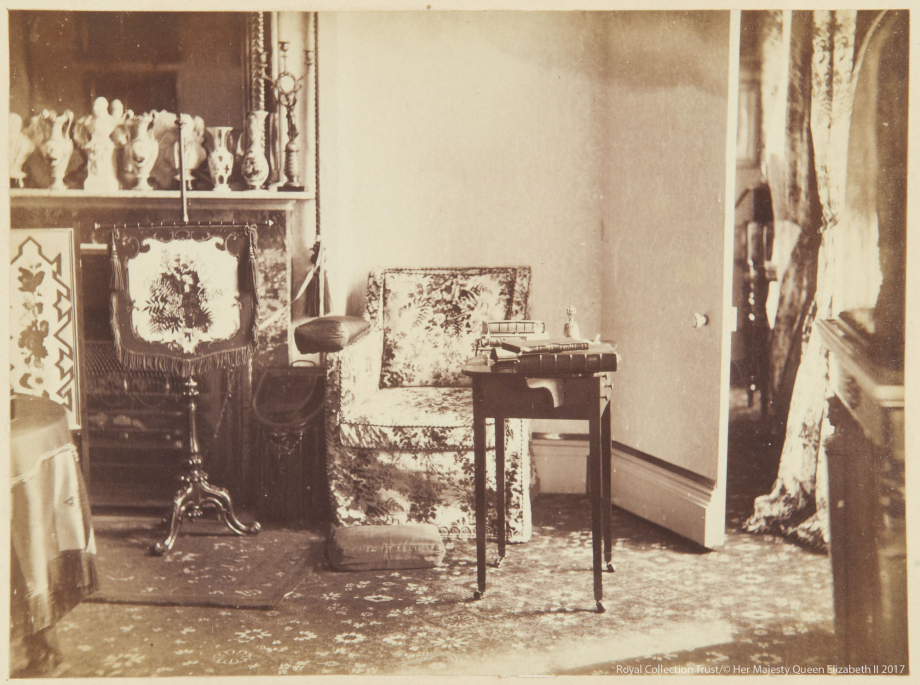
Queen Mary's taste and style of decoration are represented in her flower room and her so-called Black Museum, the latter filled with her collection of black papier-mache furniture, the former with her assemblage of wax and silk flowers.
There is also the Britannia Room, where, following the decommissioning of the Royal Yacht in 1997, The Duke of Edinburgh arranged a selection of items to reflect the interior of the much loved vessel.
Gardens
The gardens were laid out in the 1790s by Queen Charlotte's Vice-Chamberlain, Major William Price, and by the Rev. Christopher Alderson of Derbyshire. Before that time the gardens had been flat, with no ornamental water. Price and Alderson created the winding lakes, wooded mounds, glades, walks and bridges in the Picturesque style. Fine specimen trees were planted and various garden buildings were erected.
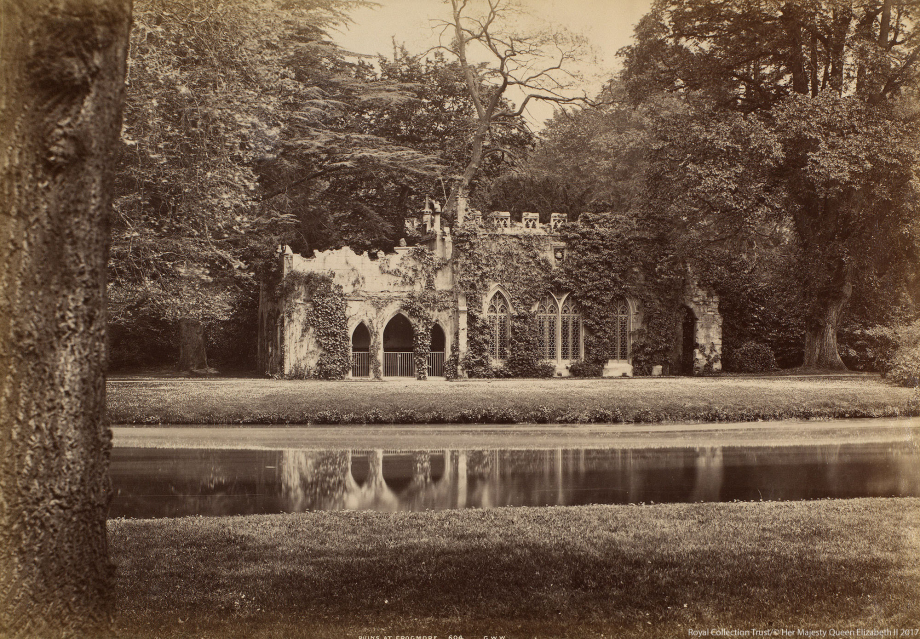
A summerhouse in the form of a Gothic ruin designed by James Wyatt and a teahouse made for Queen Victoria are both still standing.
Frogmore Mausoleums
The Mausoleum of Queen Victoria and Prince Albert stands on the west side of the gardens at Frogmore House. The Queen and Prince had long planned to have a mausoleum, and within four days of Prince Albert's death in December 1861 The Queen had chosen a site.
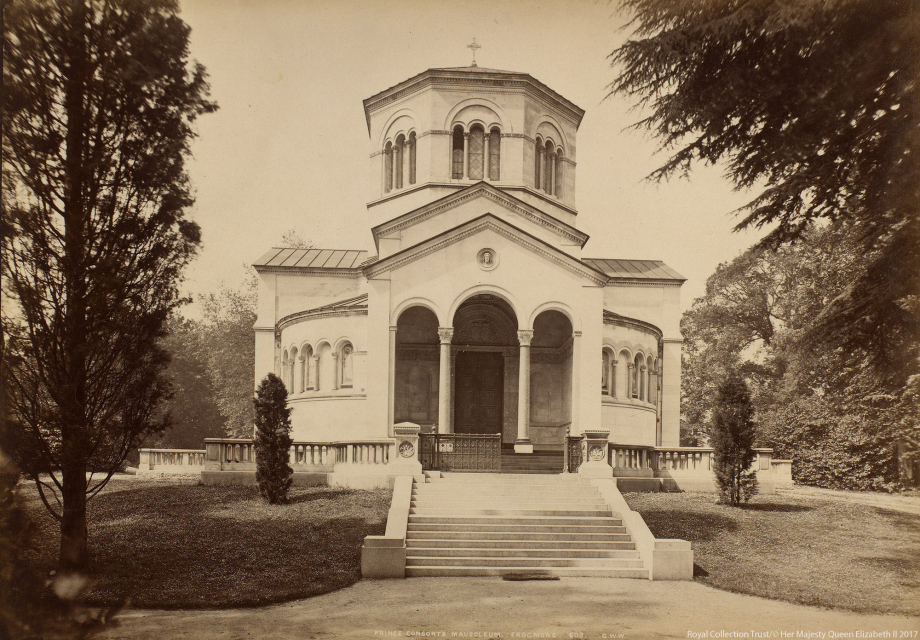
Professor Ludwig Gruner of Dresden was appointed to design the Mausoleum, and A.J. Humbert to be the architect. The foundation stone was laid by The Queen in March 1862 and was ready for Albert's body in December, although the elaborate internal decorations were not finished until 1871.
The external design of the Mausoleum is based on the Italian style of thirteenth century. The central tomb, formed from a single block of Aberdeen granite, was by Baron Carlo Marochetti and completed in 1868.
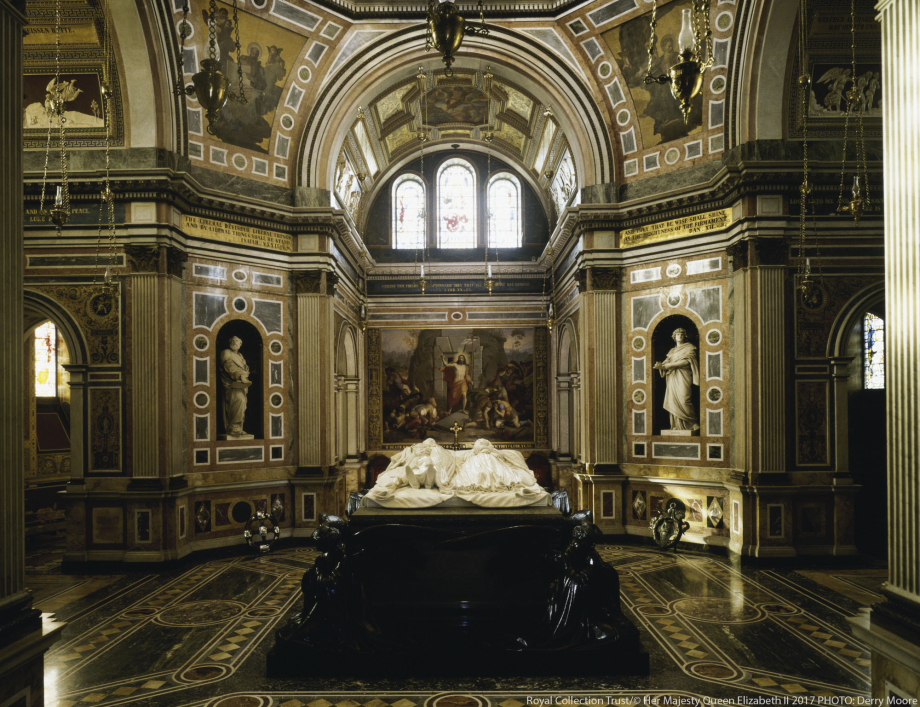
The Queen directed that as much as possible of the painting and sculpture inside should be in the manner of Raphael, who The Prince regarded as the greatest artist of all time.
Queen Victoria regularly visited the Mausoleum, and an annual service was held there on 14 December, the date of Albert's death. When The Queen died in January 1901 her body was placed there alongside that of her husband.
The Mausoleum of The Duchess of Kent, mother of Queen Victoria, stands on a wooded mound to the west of Frogmore House. In 1859, two years before her death, The Duchess asked Prince Albert to have a mausoleum built for her.
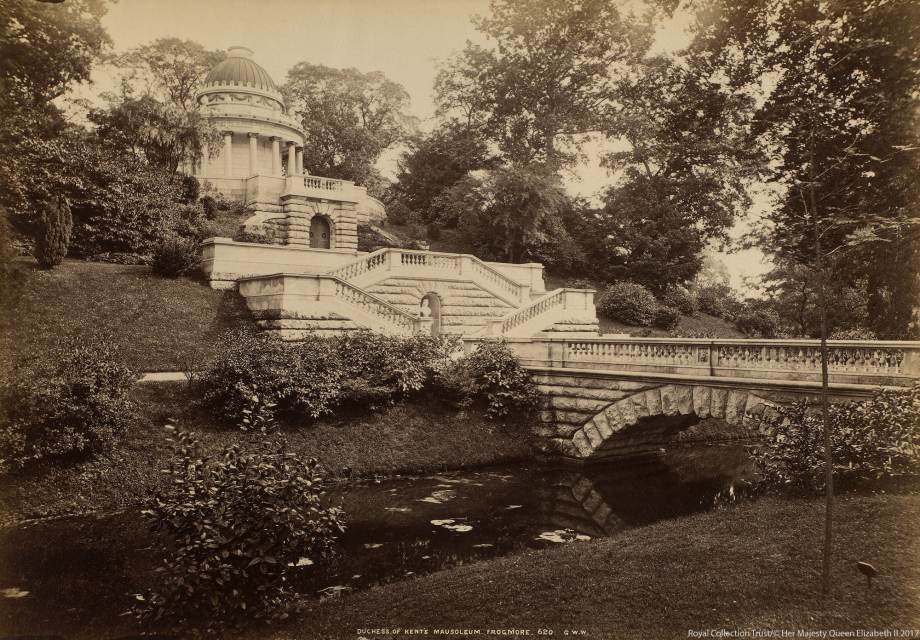
Frogmore Royal Burial Ground
Lying immediately to the south of Victoria and Albert's Mausoleum is the Frogmore Royal Burial Ground. Members of The Royal Family have been buried there since the consecration of the ground in 1928.
Those buried there include The Duke of Windsor (formally Edward VIII), The Duchess of Windsor, Princess Helena, Princess Victoria, Prince George Duke of Kent and Prince William of Gloucester.
Frogmore House and Gardens are open to public on certain days of the year (although the Mausoleum is closed) - find out more HERE
